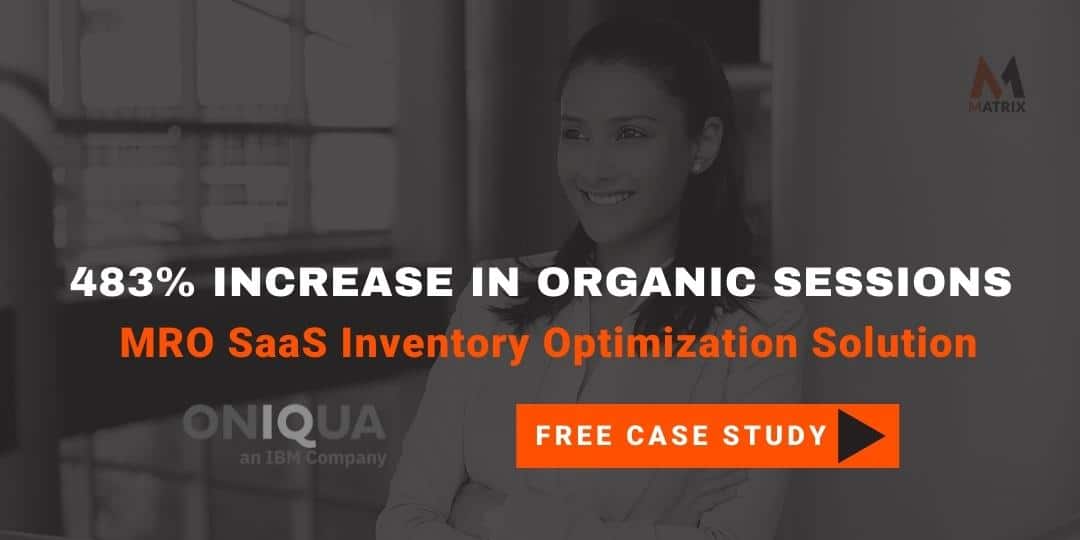Drives 10X more qualified traffic with high-converting landing pages
Landing pages are a tough nut to crack. They can be time-consuming and difficult to create, especially if you don’t have any squeeze page templates or builders to help you.
If your splash page isn’t performing at its best, it might be because you haven’t followed the six steps outlined in this article! Follow these steps every time you create new landing pages for 10x better results than before.
You’ve heard about opt-in pages. They’re a marketing staple for any company that wants to get more leads and make more money, especially in the age of online advertising like Facebook and Google AdWords ads.
Landing pages can be tough to design from scratch, so this article will teach you how to create splash pages that work 10x better than before by following these six steps that will make your squeeze page conversion rates skyrocket!
What is a landing page?

A landing page is a specifically formatted squeeze page used to drive traffic to the website web page.
Opt-in pages are landing web pages that encourage visitors to click on one or more links, usually marked with text or graphics. They are specifically designed for promotional purposes, and builders help create them.
Other names for a landing page include a splash page, a squeeze page, a lead magnet page, an opt-in page, a gift page, a capture page, a preview call invite page, and a free offer page. That’s 8 other names for a landing page.

Why use landing pages?
They’re landing web pages specifically designed for revenue purposes, and landing page builders help create opt-in pages.
The splash page can be a landing web page to get visitors to click on one or more links, usually marked with text or graphics.
Opt-in pages are a marketing staple for any company that wants to make money, and splash page conversion rates have been skyrocketing thanks to these six steps.
How to create landing pages that drive 10X more qualified traffic

Splash pages are web pages typically used for promotional purposes, and landing page builders help create landing pages.
Capture pages can be landing web pages that aim to get visitors to click on one or more links, usually marked with text or graphics.
Lead magnet pages are typically designed for promotional purposes, and landing page builders help with splash page creation.
Six steps to make your landing page conversion rates soar!
1) Create a compelling headline
Your headline should compel readers to take action on what they’re reading about. It’s the difference between landing on a landing page and landing in a sales funnel.
2) Create a relevant offer
Your entire lead magnet page should lead up to this. They must have a reason to enter their email, so take advantage of it. We recommend offering them something free in return for their email address so you can get your message in front of them later.
3) Create a landing page that matches what people see in PPC ads
You want people to know they’re in the right place when they arrive at your squeeze page, right? If you paid for an ad on Google or Facebook, messaging will be built right into the splash page because it’ll take what people saw in your ad.
4) Create landing page variations
Generating landing page variations is a strategic process to optimize the user experience and increase conversions. The approach begins with clearly understanding the objective, whether capturing leads, selling a product, or encouraging sign-ups. This objective drives the decisions around what elements to test and vary on the landing page. For example, if the primary goal is lead generation, the focus might be optimizing the call-to-action (CTA), form length, or the value proposition in the headline. With a clear objective in mind, the next step is to identify key elements that will be the focus of variation, such as the headline, images, CTA, copy, and layout.
Once the core elements are identified, the next phase involves leveraging landing page builder tools like Unbounce, Instapage, or HubSpot. These platforms make creating duplicate pages with slight variations in the selected elements easy, allowing for rapid testing. For example, you might create one variation with a bold, benefit-driven headline, while another might focus on an emotional appeal. Additionally, changes to the CTA button, such as color, placement, or text, can be tested across variations to understand what drives more user engagement. The goal is to make controlled changes so that each variation focuses on testing a single element, which ensures a more accurate analysis of performance differences.
A/B testing is then implemented to measure the effectiveness of each variation. This method tests one variation against the original landing page, allowing marketers to understand which specific changes lead to improvements in user behavior. Alternatively, multivariate testing can be used if multiple elements are being tested simultaneously, such as changes in the headline, form placement, and images. Tools like Google Optimize, Optimizely, and VWO are often utilized to run these tests, providing detailed data on how users interact with each page version. Analytics and heatmaps can also offer deeper insights into user behavior, such as where they click most often or where they drop off.
Finally, the process doesn’t stop once a winning variation is found. Data-driven iteration is key to ongoing landing page success. Analyzing performance metrics such as conversion rate, time spent on the page, and bounce rate allows for continuous improvement. Based on these insights, new variations are created and tested, gradually optimizing the landing page for the best possible results. The combination of structured testing, iterative changes, and deep analysis ensures that landing page variations are well-crafted and consistently refined to meet evolving user expectations and behaviors.
5) Keep landing pages simple
The splash page should never be more than 6-7 steps deep. People don’t like waiting for information or taking too many steps to get something done (like giving you their email address), so limiting the number of things they have to click on will lead them straight to your conversion goal.
6) Add CTAs throughout landing pages
A landing page isn’t complete if it doesn’t have CTAs (call-to-actions) popping up, which visitors can click on to take the next step in their splash page journey. You want them to move from one lead magnet pages section to another, don’t you?
If they drop off instead of taking the desired action, add more CTAs with a related offer.
Now, let’s look at high-converting splash page tips for your success.
However, they don’t use any unique language or add anything funny, making their opt-in pages less engaging than others.

However, because these are opt-in pages, they do not include any menus or links to make it easy for mobile visitors to navigate and find what they need.
A landing page is a web page that aims to get visitors to click on one or more links. A splash page can be used for anything, such as promoting new products, company information, announcements of future events, and more.
Common mistakes people make when designing landing pages
I will discuss some common mistakes people make when designing opt-in pages.
The first is not focusing on what the landing page needs to do. A landing page can be created for many different purposes, such as landing a new employee, customer, or potential investor.
To know which type of landing page you need to create, make sure you identify your goal by using your keywords.
The second mistake is that combining images with text will automatically make the landing page look good.
Your landing page’s design must not be combined only with images and text. If you’re selling an app and need a way for visitors to sign up and download it, you might want to consider creating an online landing page that has the opt-in page at the top, and then below it, there can be a big red play button with instructions on how to download the app.
This last mistake involves not using opt-in pages correctly. An opt-in page is meant to generate clicks or conversions (in other words, actions taken by website visitors).
Many people use landing pages as information sources to display helpful articles about their products or services. If this is what you’re trying to do, create a separate opt-in page for each post.
Conclusion
If made unknowingly, each of these mistakes can decrease traffic, specifically qualified traffic. To avoid making them yourself when creating opt-in pages, check out Unbounce landing page resources.
I hope I’ve helped you avoid some opt-in page mistakes. For inspiration on landing page design, check out this landing page here.
This is a great opt-in page because it’s for a new product and does a good job of getting attention immediately by having the headline “Introducing Your Super Awesome Co.”
They should understand what their product looks like even before they click on the video. I also think that using the video as a second CTA is smart.
Messaging isn’t clear yet about what Your Super Awesome company is or why people should buy it, but going to play an interactive globe makes me curious.
General FAQs
Do landing pages need any SEO strategies?
Landing pages do not need an SEO strategy regarding landing pages themselves. Landing pages are typically designed for conversion, not ranking opportunities. The page is relevant to the visitor, and company information is their sole action focus. You could have an opt-in page promoting other landing pages, so there may be some relevance, but you’ll unlikely rank higher for competitive keywords anytime soon.”
How do you create landing pages that convert?
The landing page I recommend is for a new product. It should have a headline that grabs the reader’s attention and feature all the necessary information about the product with top pictures. The page should explain what the product does and who it is targeted towards without going into too much detail.
What is the best landing page design?
A landing page design that makes the most sense for landing pages is an opt-in page for travel destinations. This web page design is interactive, engaging, and has a clear call to action.
What landing page do you recommend for a new product?
Yes. A landing page for a new product is a great idea. The opt-in page should have a headline that grabs the reader’s attention and features all the necessary information about the product with top pictures, explaining what it does and who it is targeted towards, all without going into too much detail. The viewer may not want to read through an entire paragraph before they can understand it, and they want to exit as fast as possible if they don’t find anything useful.

